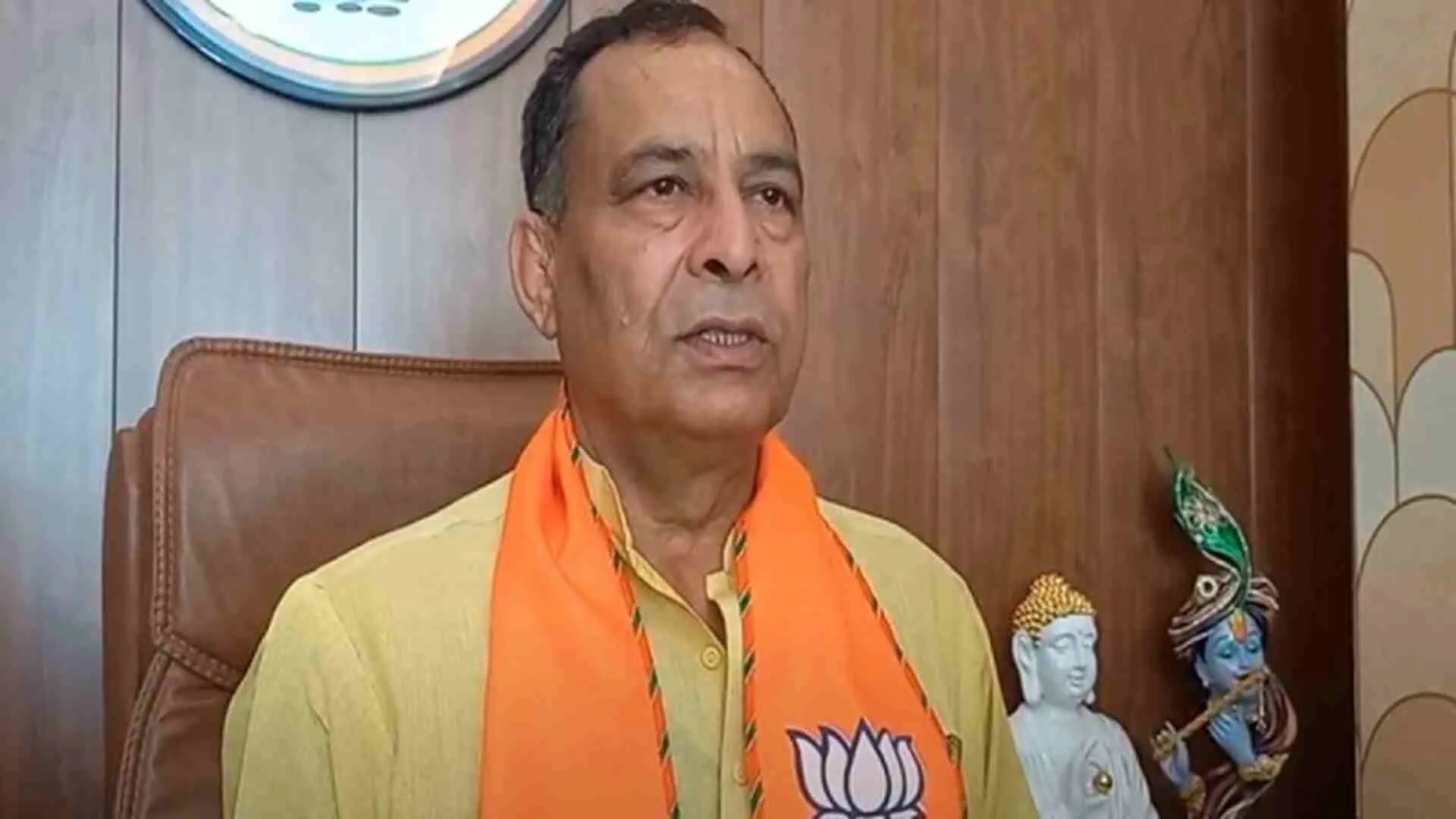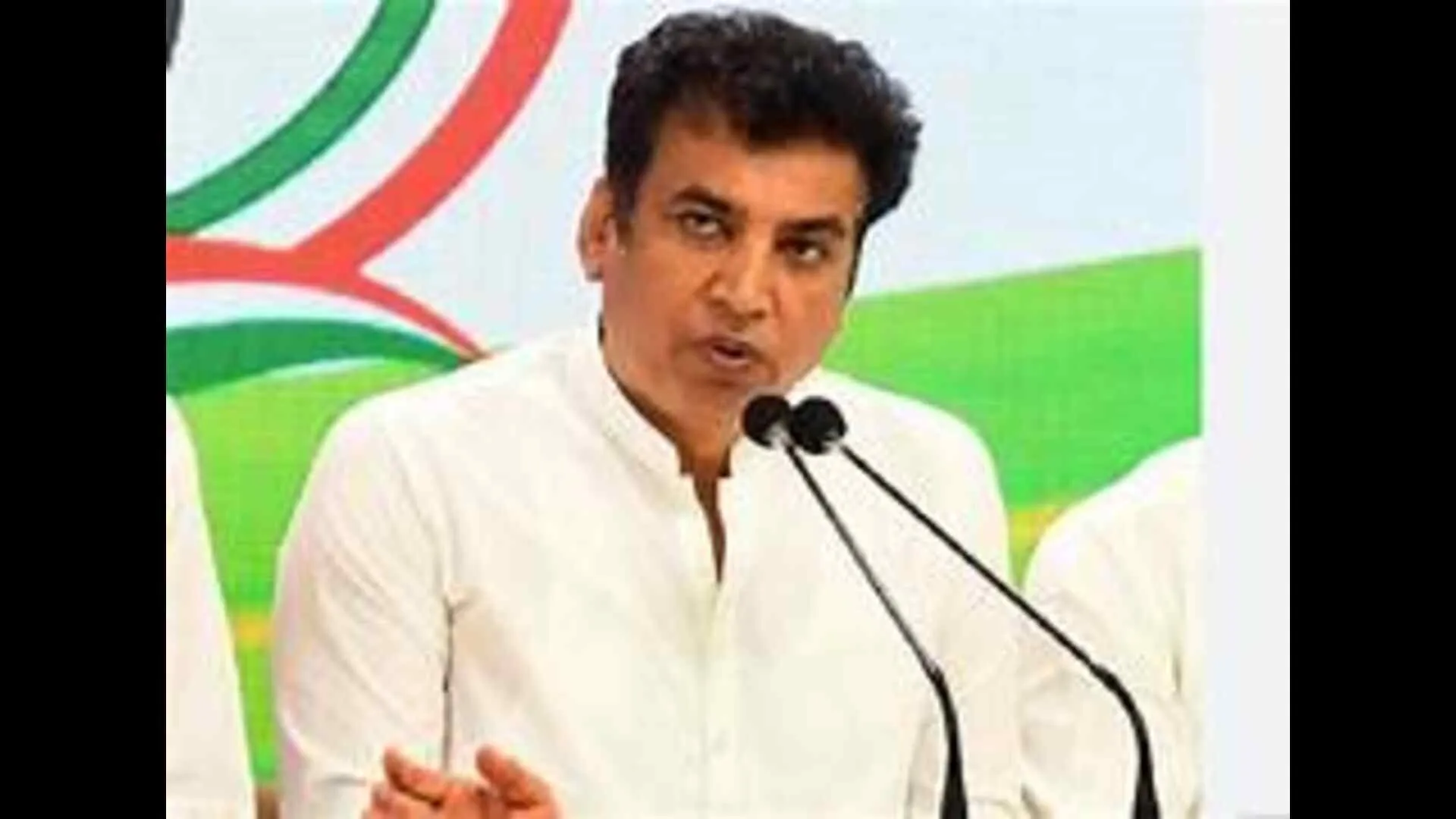INTRODUCTION
The discrepancy in access to Covid-19 vaccines between rich and poor countries has become unavoidable; according to UNICEF data, 86% of all doses administered worldwide were administered to those in high-and upper-middle-income countries, while only 1% of jabs were administered to the world’s poorest. Considering this, in an ethically conscious move, India and South Africa in October, proposed a Patent waiver, over inventions related to covid, specifically the vaccines, to increase the global production of supplies to fight Covid-19. The patent waiver by foregoing the intellectual property rights aims to address the issue of availability, by allowing non-patent holding manufacturers to produce Covid-19 related inventions, especially the vaccines. Further, the patent waiver also aims to reduce the price of the vaccines by making them generic pharmaceutical formulations.
Many rich western nations have opposed this waiver vehemently, the belief that such a waiver may act “disincentive” for research and development and may also potentially harm innovation altogether. They argue that if the pharma companies do not regain the billions it has spent on the vaccines it may hurt the public interest in the long run. However, in the face of a public health crisis, it is extremely important to establish a balance between the commercial and public health interest of the state. Accordingly, the proposal has resurrected the age-old debate between the protection of IP rights and accessible medicines. In this article, the authors will examine arguments from those who oppose it and vice-versa.
WHAT IS A PATENT?
According to the World Intellectual Property Organization, a Patent is an exclusive right granted for an invention, which is a product or a process that provides a new way of doing something or offers a new technical solution to a problem. Patents are not merely theoretical concepts; they play a vital role in everyday life. They stimulate the development of innovations and new technologies which inherently benefit humanity. In essence, the patent owner has the sole right to block or prohibit anyone from commercializing the patented idea. Thus, without the approval of the patent owner, the patented innovation cannot be commercially manufactured, used, disseminated, imported, or sold by others.
Patent rights are territorial in nature, which means that the exclusive rights granted are according to rules and regulations of the country it was filed and granted in. Further, patents granted in one country are independent of any subsequent patents granted in other countries. This principle has been set forth by Article 4(1) of the Paris Convention for Industrial Property, thus, a patent granted in one country does not affect the territorial boundary of that country and cannot be infringed upon in other countries.
In India, the current Patents Act, 1970, was enacted in 1972, updating and combining the old patent legislation in India. Its scope was expanded in 2005, to include product patents of all disciplines of technology, including food, pharmaceuticals, chemicals, and microorganisms. The amendment abolished the provisions relating to Exclusive Marketing Rights (EMRs) and replaced them with a clause authorizing the award of forced licenses. Additionally, Pre-and post-grant opposition processes were also implemented.
In addition to this, each patent granted in India is valid for twenty years from the date of filing, regardless of whether the application is filed with a provisional or complete specification. However, for applications filed under the Patent Cooperation Treaty (PCT), the twenty-year period begins on the date of international submission.
Further, the Indian government in its law specifies “what cannot be patented”. Accordingly, inventions that are frivolous, obvious, contrary to well established natural laws and contrary to law, morality, are not patentable in India. This includes a mere discovery of any new property or new use for a known substance or process, machine, or apparatus. Likewise, Inventions relating to agriculture or horticulture and inventions relating to atomic energy are not patentable.
PATENTING INVENTIONS RELATED TO COVID-19
Throughout the world, scientists and researchers are working feverishly to create low-cost and rapid diagnostic kits, treatments, and vaccinations for the unique COVID-19 virus. Additionally, low-cost ventilators are in high demand.
Abbott’s diagnostic test, which provides favourable results in less than five minutes, is a significant advancement. Mylab Discovery is the first company in India to have received approval to manufacture Covid-19 test kits. Even non-pharmaceutical companies are making concerted efforts to assist in this time of distress. Mahindra & Mahindra is one such company that is currently developing a low-cost ventilator.
However, it is vital to examine which Indian-based Covid-19 related patents are patentable from the start. As is the case in most jurisdictions, the Indian Patents Act, 1970 (“the Patents Act”) allows for the patenting of a product or technique that satisfies the requirements of novelty, non-obviousness, and usefulness. Conversely, the Patents Act precludes certain ideas from patentability; for example, using a known or currently existing medicine to treat Covid-19 may not be patentable in India. Accordingly, India prohibits patenting of “methods of treatment”, This includes diagnosing a disease. While methods of diagnosing Covid-19 may not be patentable, diagnostic devices are patentable. In and of itself, the software is not patentable in India. A software/hardware hybrid could be patented. Thus, software-enabled diagnostic instruments could be patentable. Further, as mentioned in Section 3(d), new forms of a known substance, such as salts, esters, isomers, etc., are not patentable unless the new form results in an augmentation of the known efficacy of that substance, likewise are not patentable.
However, Local innovators can still use e-filing in India during the lock-down. Because of this, applications must be filed through the Patent Cooperation Treaty or in other countries directly with an Indian filing date as the first-priority date. For existing patents, there should be ample supply accessible for exigencies.
CALL FOR AN INTELLECTUAL PROPERTY WAIVER
In stark contrast to the western countries, wherein covid-vaccination programs and so on, have been underway for a while now. However, countries such as India have been battling the second wave, which has resulted in 20 million active cases and 250,000 deaths amid a serious vaccine and oxygen shortage. The second wave highlighted the huge disparity in access to Covid-19 vaccines between the rich and poor countries, according to UNICEF data, 86% doses administered globally up to March 30th, 2021, have been too high- and upper-middle-income counties, whereas only 1% of vaccines were administered to the world’s poorest. Thus, the hoarding of vaccines by wealthier countries as the pandemic devastates economically disadvantaged countries has reintroduced the debate over vaccine patents. Hence, considering this, India and South Africa submitted a proposal at the World Trade Organization (WTO) to waive certain patents for the vaccine and treatments held by the pharmaceutical corporations under the Intellectual property Rights Treaty. This waiver would permit vaccine manufacturers in developing nations to manufacture vaccines without fear of legal action from firms that own patents on the medicines.
The purpose of the entire proposal is to meet the universal vaccination goal, as due to the slow rollout of the vaccines, mutant strains which are 50% more contagious have objectively become immune to the current vaccines, as consequence, the vaccines would need to be redesigned, further, a mutant strain-specific vaccine would have to be created to combat the new variants. This would make the entire exercise of the IP waiver redundant, thus a patent waiver may potentially prevent this from happening.
ARGUMENTS AGAINST THE IP WAIVER
While many countries such as the United States, France and so on, have put forward their support for the vaccine waiver, an organization including the World Bank and the European Union, and countries such as Japan, the UK, Switzerland, Brazil and Australia have opposed it. According, to former chancellor Angela Merkel, “waivers are not a solution to the vaccine supply issue”. In addition to this, they have condemned it as a threat to innovation, even after getting reassurance from WHO Chief Tedros, that the innovators will receive a royalty for the manufactured products. According to them, the only solution to such an issue is to increase the export of the vaccines and the ingredients in the finished product.
Pharmaceutical companies on the other hand argue, that the quality and safety of the vaccine depends on maintaining these intellectual property rights. It has been argued that most countries proposing such a wavier do not have the facilities, technology, and manufacturing expertise to produce said vaccines. Further, they have opposed the waiver because of the money and effort that goes into research and development of the vaccine, they believe that granting such a waiver would backpedal their investments and research. Immediately after the announcement by the US, the share price value for four major pharmaceutical companies observed a drop in their share prices. Many of these companies, enjoy a monopoly over the vaccines which bring in Billions in annual sales alone and this waiver could potentially result in a loss for them, further, they also raised the issue of safety and quality control for the manufacturing of these vaccines, which would allow many the chance to exploit the mRNA technology.
WHAT DOES AN INTELLECTUAL PROPERTY WAIVER DO?
The purpose of an intellectual property waiver is to temporarily “remove” the protections provided by the World Trade Organization (WTO), or the respective government. The proposal brought forward by India and South Africa proposes allowing countries a chance to opt-out of implementing patents and other intellectual property protection related to health products and technologies, such as diagnostics, therapeutics, vaccines, equipment and other materials or components, as well as “their methods and means for the prevention, treatment, or containment of COVID-19”. As a result, this would allow countries to work more on research and development while also absolving WTO members of liability for failing to implement the TRIPS Agreement during the pandemic. In addition to this, the IP waiver is a commitment that countries may make at their discretion. The proposal stipulates that the waiver must be effective for at least three years from the decision date.
The waiver does not automatically remove all intellectual property rights associated with vaccines, personal protective equipment, and ventilators; rather, it grants specific governments the choice to do so. As a result, it would merely provide a chance for middle-low-income countries to reserve those rights to raise supply proportionately.
PROCESS TO WAIVE INTELLECTUAL PROPERTY
For the IP rights to be waived, the vote to relinquish said patents, must be unanimous, i.e., the decision rests upon all 164 members of the World Trade Organization and even a single ‘No’ would result in the proposal’s rejection. Further, if the waivers are granted, vaccine developers will be required to disclose their manufacturing expertise. It is to be noted that this particular form of waiver has never been approved. The closest decision to a waiver was two decades ago when a temporary waiver was granted by the members of WTO, allowing poor nations to import low-cost generic medication for HIV, TB, and malaria during a similar public health crisis.
WHAT DOES IT MEAN FOR INDIA?
Amid the second wave of the pandemic, India is struggling to vaccinate its citizens, its main hurdle lies in the “demand and supply”, due to the scarcity in production of the vaccines. For India, to achieve “universal vaccination”, there is a requirement for 1,878 million doses i.e., two doses for 939 million adults, as there are only two manufacturers – Bharat Biotech and Serum Institute of India, with the current capacity to produce around 80-90 million doses, consequently a gap between the supply and demand of the vaccines. It was considering this, that the proposal was filed to the World Trade Organization (WTO). Thus, for India, a patent waiver would mean, access to raw materials and technology which will help speed up the supply process. This is critical because the Indian government is in discussions with numerous multinational vaccine manufacturers, including Pfizer, Moderna, and Johnson & Johnson, about making their vaccines available in India. Additionally, the waiver does not apply simply to vaccines; it also covers treatments, diagnostics, medical technology, and protective equipment, as well as the raw materials required to manufacture them, which India is now short of.
However, the Government of India within India has the authority, under the Patents Act, to issue a Suo moto declaration for a “grant of compulsory license” in times of such an emergency.
Under compulsory licensing, a government may allow someone else to produce a patented product or process without the consent of the patent owner or the plans to use the patent-protected innovation themselves, this is can only be employed during an “extreme urgency” or in the case of “public non-commercial use”.
It is also to be noted that the government partly owns the patent of Covaxin by Bharat Biotech and Serum Institute of India on the other hand possess the license to manufacture Covishield.
Accordingly, any interested party may apply for a grant under compulsory license, although this would be subject to the patent controller’s terms and conditions, this may potentially provide some relief. Some nations have already issued compulsory licensing for existing medications that are currently being studied for Covid-19 treatment. Israel has issued a compulsory license for lopinavir/ritonavir medications, including those used in conjunction with other products.
THE MORAL IMPERATIVE
Amid the 2nd wave’s rapid spread among nations, the continued emergence of new and deadly variants of the virus, the inability of the current vaccine makers to meet global demand, a Patent waiver has become an urgent practical, as well as a moral imperative. As a principle, Intellectual property rights should not stymie efforts to increase production in response to a public health emergency. In the said case, an increase in the production of vaccines, test kits, and other critical goods is crucial. Delays caused by these debates come at the cost of millions of Covid-19 deaths, viral mutations, which would lead to the current vaccines becoming redundant, infecting people who have already been vaccinated and so on. Nevertheless, in face of a transboundary health crisis, the world continues to debate this, prioritizing commercial and narrow corporates interests of these pharmaceutical companies. Arguments such as “China and Russia must be prevented from gaining the know-how to produce mRNA vaccines” are being given, not only is this a misguided attempt at diverting from the actual issue here, but the patent waiver proposal is also now being turned into a geopolitical issue. Continued resistance to the patent waiver only delays vaccine manufacturing, in countries capable of mass-production such as China and Russia, potentially putting everyone at risk.
Furthermore, an intellectual property right such as a patent requires balancing of costs and benefits. The patents provide an incentive for invention but at the cost of providing the patent holder 20 years of monopoly over the invention. Keeping this in mind, the merits of innovation must be balanced against the cost of monopolistic power, which constrains supply. Thus, in the event of such an emergency, patents rights must be waived to increase the supplies of potentially lifesaving materials.
Further, as recognized by the Trade-Related Aspects of Intellectual Property Rights (Trips) Agreement, government possess the right to override IP rights in the case of a necessity such as a pandemic, by enforcing compulsory licensing. This right is mentioned in S.84(1) of the Patents Act, 1970. Accordingly, this would grant local companies the right to use the patent-protected IP. The Trips agreement in 2001, recognized to use of compulsory licensing to safeguard public health. Thus, it is only logical to move is to take such a step. However, countries with the capacity to mass-produce, such as India, China, Russia and so on, have been reluctant to employ compulsory licensing, for fear of sanctions from organizations and countries such as the European Union and so on. Thus, the proposed waiver may potentially overcome this hindrance. Further, such a waiver may also be beneficial for non-vaccine technologies such as solvents, reagents, vaccine vials, test kits and so on.
Another argument put forward by the pharmaceutical industry is that the IP waiver would deprive them of their rightful profits, and financial incentives for future drug developments. Such statements are grossly overstated and demonstrate the triumph of greed over rationality. It is no secret that the IP held by “Moderna, Pfizer-BioNTech and so on” are not the result of privately funded innovation, the research and development were funded by the US government. Moderna alone received $955 million to accelerate its work, this included clinical trials. Although the companies later brought in private investors to assist with the manufacturing, carry the vaccines to fulfilment, it was done with the help of the US government. Thus, the research is part public and must be treated as such. Further, the WTO chief has reassured the patent holders that they will receive adequate compensation and royalties for the patents. Keeping the aforementioned in mind, the goal to reach universal vaccination is only hindered by growing corporate greed. Therefore, the patents must be made public without any further ado, complete with the know-how of the manufacturing in the spirit of solidarity to curb the pandemic.
Keeping in mind the aforementioned and the current pending status of the proposal, one may argue that the only realistic option left is to ensure that the wealthy nations fully finance and support the global vaccination alliance Covax, which currently is funding and supplying vaccines to the countries which cannot afford it. Further, in an attempt to meet the pharmaceutical companies halfway, it may be suggested voluntary licensing arrangements, such as AstraZeneca’s license to Serum Institute of India, combined with wealthy countries investing money to build up production plants in pandemic-hit countries. In addition to the issue with Intellectual property rights, this may also potentially solve the issue of accessibility for poorer nations.
CONCLUSION
In conclusion, the pandemic has brought forward the pressing issue of Intellectual property and how it affects the world during a transboundary crisis such as Covid-19. Thus, considering the scarcity in vaccines as well as raw materials, a proposal to waive said rights was filed to the World Trade Organization.
The present dispute over vaccination patents demonstrates that the contradiction between intellectual property and public health arises not from conflicting moral claims, but from conflicting institutional interests. As a moral imperative, the right to health much outweighs the right to be compensated for innovation and profit.























